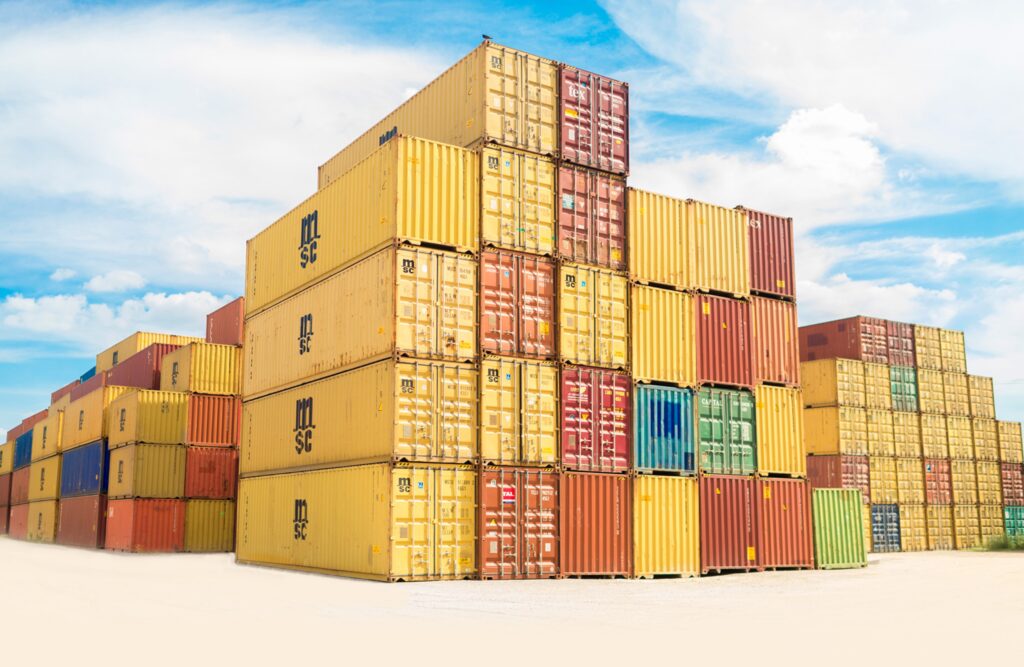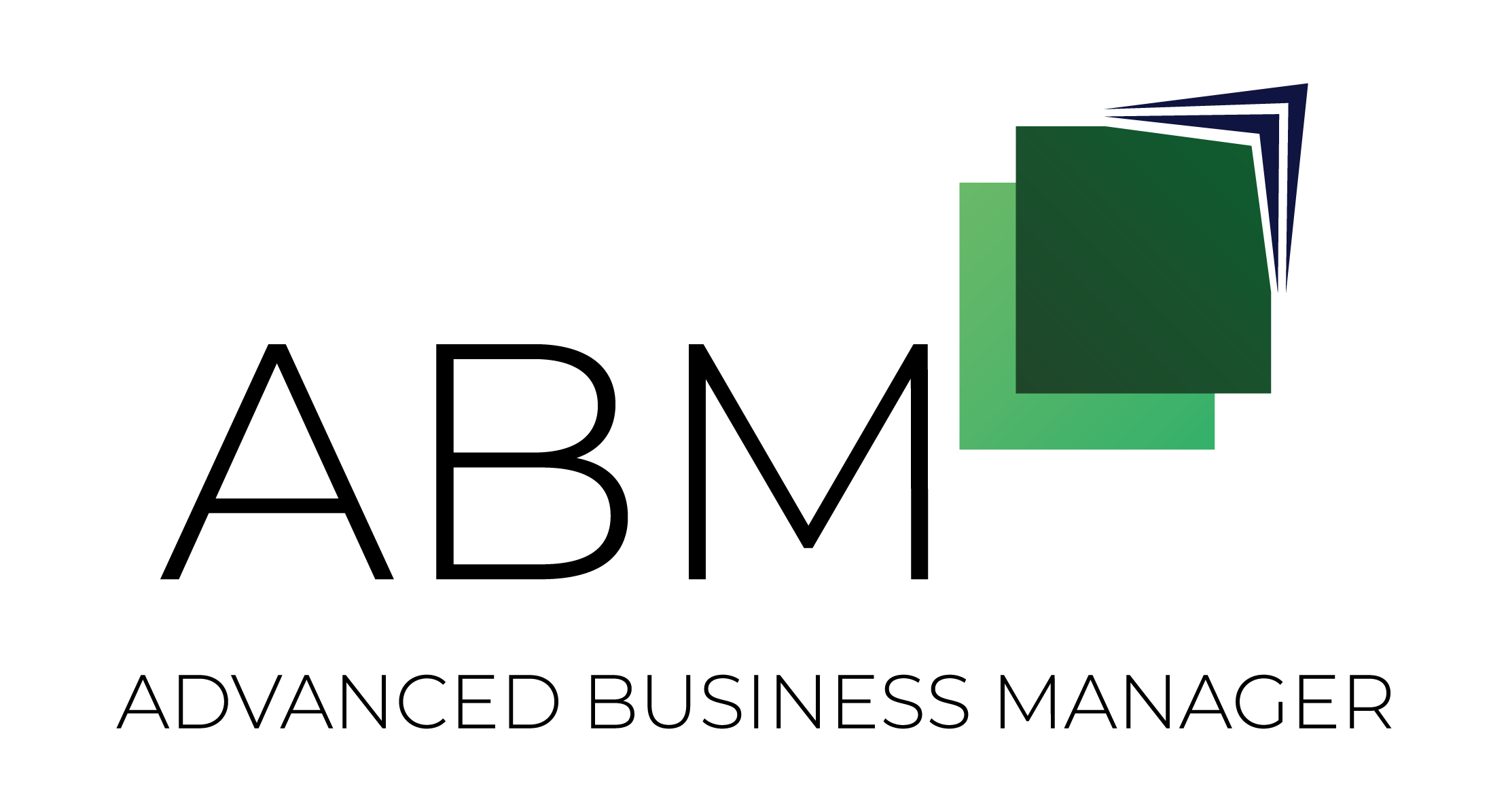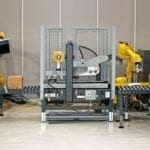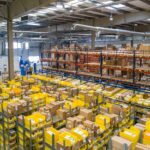DHL has published the sixth and newest edition in its Logistics Trend Radar, a document which projects and predicts the biggest trends that are expected to shape the direction of commerce, society, and technologies for the logistics community in the next decade.
Published every two years, this years release has identified decarbonisation, robotic technologies, big data, supply chain diversification and alternative energy solutions as potentially having the biggest impact in being transformative for the logistics industry.
The document analyses macrotrends and microtrends as well as insights from numerous customer engagements and a large partner network including research institutes, tech players and startups. Since 2015, over 70,000 visitors have come together at the four DHL Innovation Centers in in Germany, Singapore, the USA and the United Arab Emirates to exchange ideas with DHL experts and each other.
The findings are consolidated and reflected on the DHL Logistics Trend Radar, which acts as a strategic and unique resource for the global logistics company to help shape the direction of businesses and technologies.
Commenting on the release of the Trend Radar on October 25, Katja Busch, chief commercial officer at DHL and head of DHL customer solutions and innovation, said, “The events in the last two years have shown us the importance of having robust supply chains and logistics. We are therefore seeing businesses transform logistics from a quiet, back-end operation to a strategic asset and value driver. We believe that being successful in the future requires inspiration and innovation, open exchange and intense collaboration. By sharing the 6th edition of the DHL Logistics Trend Radar, we again invite our customers and partners to jointly shape the era of logistics.”

Klaus Dohrmann, vice president and head of innovation in Europe for DHL customer solutions and innovation, added, “The DHL Logistics Trend Radar is used like the North Star to navigate the future by our customers, partners and colleagues, and has now been in existence for nearly 10 years. In this year’s edition, we introduced new trends that became more relevant to the logistics industry like computer vision, interactive AI, smart labels and DEIB (diversity, equity, inclusion and belonging), while the many other trends are further clarified from the previous edition to offer more detail. For example, the fifth-edition trend sustainable logistics – which was the hottest topic of last year – is further split into circularity, decarbonization, alternative energy solutions and other trends. Sustainability is definitely still a top-of-mind topic for our customers today but ensuring resilience in the supply chain is taking center stage in the transformation of logistics. The supply chain status quo narrative of efficiency and operational excellence is now being complemented by an understanding that the supply chain is an essential driver of tangible value creation.”
DHL may have released their report, but this is no reason to rest on your laurels in your reporting. ABM is a modular system driven by you – the end user. With the ABM core software, you can remove and add modular segments to get the software you want, rather than a generic off the shelf software. Talk to your channel partner today about what ABM brings to the table, and future proof your business.









